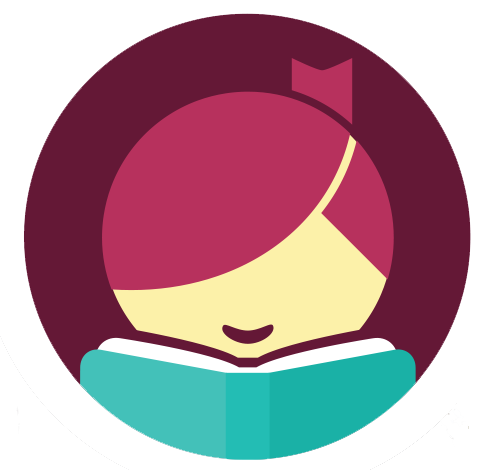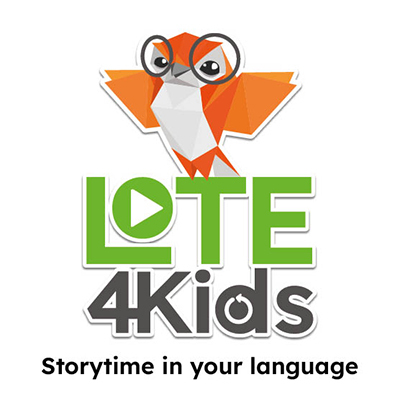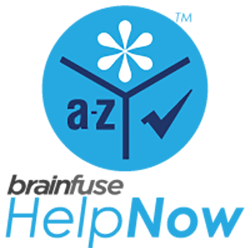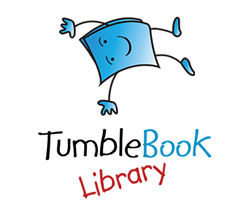It can be so incredibly overwhelming when you learn your child might have dyslexia. So many questions could pop up all at once. Will they ever learn how to read? What can I do to help? Are there any resources to help me? Luckily, we have answers to many of those possibly scary questions. You aren’t alone in trying to figure this out. Dyslexia is not a sign that a person will never read. It just means they may need a little extra support as they learn how to work with their brain. Remember, as with most things, stay informed and you’ll soon see just how capable your kid really is. Keep reading for an overview of some of the current best research-based practices and how the library can help.
An Overview
First of all, what is dyslexia? The International Dyslexia Association (which is an absolutely great resource in general) states that it is “…a specific learning disability that is neurobiological in origin. Is it characterized by difficulties with accurate and/or fluent word recognition and by poor spelling and decoding abilities.” Essentially, all that to say, having dyslexia means nothing at all about your intelligence or ability to learn. It simply means that the part of your brain associated with reading doesn’t work the same as everyone else’s. As I said before, it does NOT mean that the person cannot read. I have found that remembering this fact can be so important in those inevitable frustrating moments.
If you’re interested in a general overview of the learning disability, consider reading this wonderful article by Jane Roitsch and Silvana M. Watson. This academic paper is pretty much a one-stop shop for basic information. In reading it, you’ll come away with an elementary understanding of what specifically defines the disorder, as well as how it is typically diagnosed.
If you’re looking for even more, check out “Overcoming Dyslexia” by Sally E. Shaywitz. I swear this book has everything. I know the cover is not very exciting, but trust me, it’s a good read. You’ll learn what the disorder is, how to advocate for your child, what you can do at home to help, and more. What I love about this particular book is that it gives you concrete actions you can take to help. Knowledge is power, of course, but knowing what something is doesn’t always help as much as knowing what you can do about it. I also love that it has a specific section on how you can help preserve your child’s self-esteem. This is such an important aspect of learning differently than others that is so often overlooked. Shaywitz even includes a portion of the book that has success stories of others with dyslexia! I highly recommend anyone who is trying to help a child with dyslexia reads this.
How the Library Can Help
We don’t only have books to help those in a support position. We also have ways to help the person with the learning disability! There are two specific research-based practices that we have tools to help them: increased spacing and multi-sensory learning.
Increased Spacing
Research has shown time and time again that increased font size and spacing can be very helpful for those with dyslexia. For someone with dyslexia, if the letters are too close, they can struggle with letter crowding. Essentially, it can seem as if the letters are overlapping and jumbled, making it very difficult to distinguish what’s there. The library has a couple of different ways we can help with this.

First off, check out books within the Dyslexie series. These books are printed with a specific font type that was created to make it easier for people with dyslexia to read. The font is thought to help particularly because of the increased spacing, which prevents the aforementioned crowding issue. These picture books can be a great way to get your child started reading!
 If your child is venturing into chapter books, we have two different options for that as well! First off, consider trying out large print. Large print books are not only for those with visual disabilities. The increased size can make it easier for those with dyslexia to distinguish individual letters as well. While we do have some large print juvenile and young adult books in our collection, we can also help you get signed up with Wolfner Library. As they so eloquently state, “Wolfner Library is a free library service for Missourians of all ages who are unable to read standard print materials due to visual impairment, blindness, physical disability or reading disability.” Run through the state library; if you qualify, they can help you get even more large print books!
If your child is venturing into chapter books, we have two different options for that as well! First off, consider trying out large print. Large print books are not only for those with visual disabilities. The increased size can make it easier for those with dyslexia to distinguish individual letters as well. While we do have some large print juvenile and young adult books in our collection, we can also help you get signed up with Wolfner Library. As they so eloquently state, “Wolfner Library is a free library service for Missourians of all ages who are unable to read standard print materials due to visual impairment, blindness, physical disability or reading disability.” Run through the state library; if you qualify, they can help you get even more large print books!
![]() If you discover that large print helps, try out Hoopla or Libby too! These electronic resources give you access to thousands of eBooks, movies and more. With many books, they give you the option to change the size and font. Libby in particular has a wonderful feature where you can change to the OpenDyslexic font, which is specially designed to be easier to read. Just click the A at the top and find what font and size works best for you. I will note that many picture books will not allow you to adjust the size of the words, so this resource is better for those who are reading chapter books. If you’re still at the picture book level, the read-alongs in these resources may be a better option!
If you discover that large print helps, try out Hoopla or Libby too! These electronic resources give you access to thousands of eBooks, movies and more. With many books, they give you the option to change the size and font. Libby in particular has a wonderful feature where you can change to the OpenDyslexic font, which is specially designed to be easier to read. Just click the A at the top and find what font and size works best for you. I will note that many picture books will not allow you to adjust the size of the words, so this resource is better for those who are reading chapter books. If you’re still at the picture book level, the read-alongs in these resources may be a better option!
Multi-sensory Learning
Research has also shown that multi-sensory explicit instruction is especially important for those with dyslexia. Essentially, people with dyslexia can best integrate their learning if they can involve multiple senses (like sight, sound and touch) during the process. We have two different resources that can help with this.
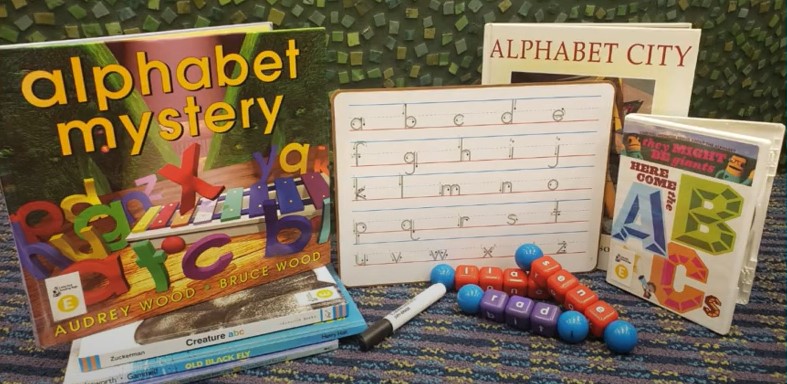 First off, our Little Red Reading Bag E includes a dry-erase letter practice board, as well as twist-and-turn word builders. The dry-erase board is useful because relatively new research has discovered that learning about letters and their sounds is best done while also learning how to write them. Previously, it was thought that handwriting and reading should be two distinct tasks. However, combining them engages all relevant senses: sight (seeing the letters), sound (hearing the pronunciation), and touch (physically writing it). Next time a child gets stuck on a word when reading, try having the provided dry-erase board nearby. Explicitly explain the individual letters and their sounds while having them rewrite the problem word at the same time. This method can help brains both with and without dyslexia make the necessary connections between letters and their sounds.
First off, our Little Red Reading Bag E includes a dry-erase letter practice board, as well as twist-and-turn word builders. The dry-erase board is useful because relatively new research has discovered that learning about letters and their sounds is best done while also learning how to write them. Previously, it was thought that handwriting and reading should be two distinct tasks. However, combining them engages all relevant senses: sight (seeing the letters), sound (hearing the pronunciation), and touch (physically writing it). Next time a child gets stuck on a word when reading, try having the provided dry-erase board nearby. Explicitly explain the individual letters and their sounds while having them rewrite the problem word at the same time. This method can help brains both with and without dyslexia make the necessary connections between letters and their sounds.
While the dry-erase board is very helpful, the word builders are even better, in my opinion. These toys allow you to make new words just by turning one of the dice, thus making an entirely new word. This can be particularly helpful in allowing children to recognize that single letters can dramatically change the meaning of a word (such as pop and bop). It allows them to use both touch and sight when learning, really solidifying the importance of different phonemes in their mind.
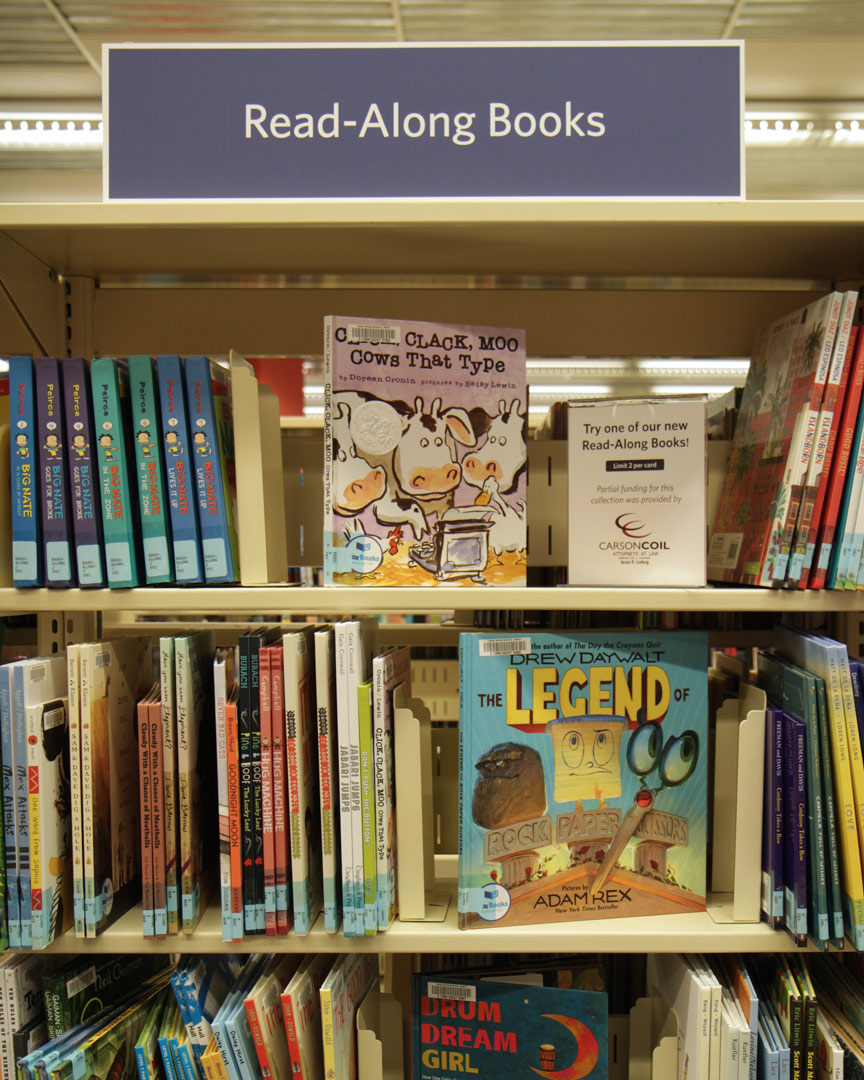 Also, look at our read-along books. Wonderbooks have a small audio player attached to them so that you are able to follow along with the words as you listen to someone read to you. This can also be a wonderful way to help children still experience novels at their grade level, even if they struggle to read them themselves. Once again, it also engages multiple senses, which is a key in learning with dyslexia. Our collection of read-along books includes both picture books and J-level novels, so there’s a little something for everyone! Libby and Hoopla also have read-along books as well, which highlight the words as they are read. This resource is great if you don’t have time to come into the library and grab the physical books here!
Also, look at our read-along books. Wonderbooks have a small audio player attached to them so that you are able to follow along with the words as you listen to someone read to you. This can also be a wonderful way to help children still experience novels at their grade level, even if they struggle to read them themselves. Once again, it also engages multiple senses, which is a key in learning with dyslexia. Our collection of read-along books includes both picture books and J-level novels, so there’s a little something for everyone! Libby and Hoopla also have read-along books as well, which highlight the words as they are read. This resource is great if you don’t have time to come into the library and grab the physical books here!
If you take anything from this, remember that you have resources if you need them. Trying to learn how to read and write with dyslexia can be challenging, but luckily, we are here to help!

